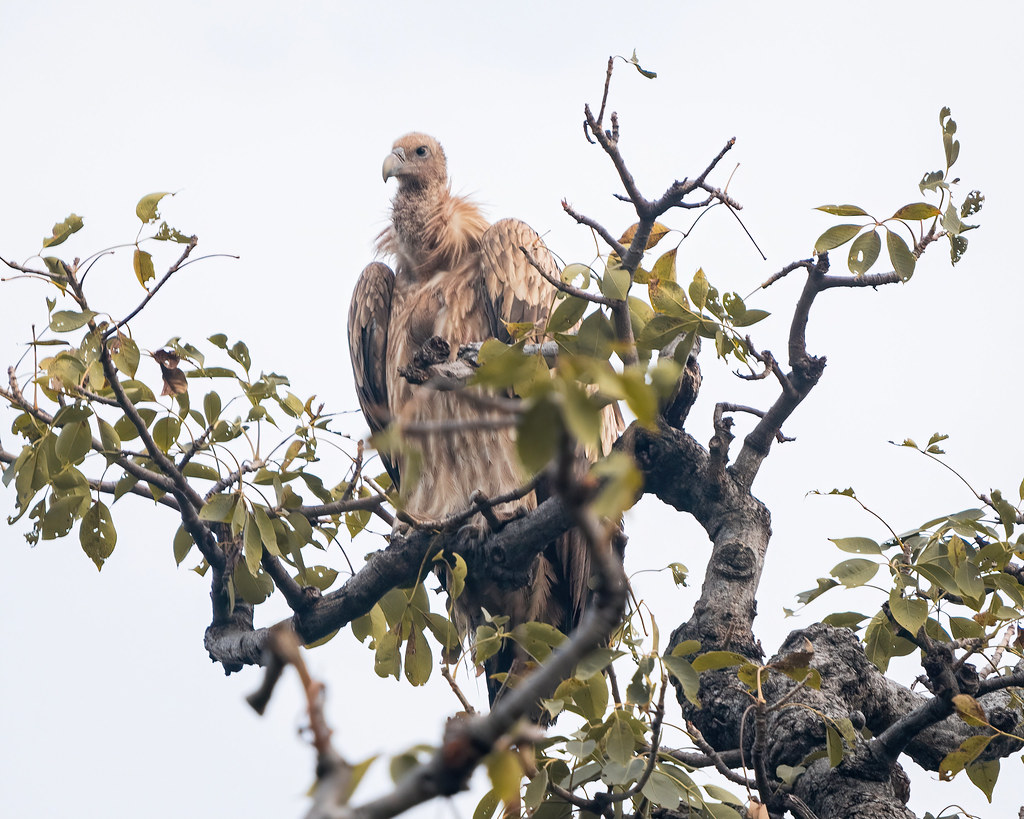Context:
Recently, in the first-ever tri-state synchronized vulture survey, there are around 300 Himalayan Griffon Vultures were spotted in Wayanad Wildlife Sanctuary.
Characteristics of Himalayan Griffon Vultures:
Description: The Himalayan Griffon Vulture, scientifically known as Gyps himalayensis, belongs to the family Accipitridae and shares similarities with the European Griffon Vulture.
- It features a bald white head, broad wings, and short tail feathers, with distinctive white neck ruff and yellow bill.
Distribution: Primarily inhabits the Himalayas, including the Tibetan plateau, as well as Central Asian mountains, occasionally migrating altitudinally to northern India.
Role in Ecosystem: Vultures are essential carrion-eating birds, playing a crucial role as nature’s clean-up crew and helping control wildlife diseases.

Conservation Status:
- Conservation Status: Listed as Near Threatened (NT) on the IUCN Red List.
- Indian Species: Several, including the Bearded, Long-billed, Slender-billed, and Oriental white-backed vultures, are protected under Schedule I of the Wildlife Protection Act 1972.
Conservation Efforts:
India’s Initiatives:
- The Ministry of Environment, Forests and Climate Change (MoEFCC) launched a Vulture Action Plan 2020-25.
- Vulture Conservation and Breeding Centres (VCBCs), established in Pinjore, Haryana, and currently managed by the Bombay Natural History Society (BNHS), are integral to these efforts.
International Collaboration: SAVE (Saving Asia’s Vultures from Extinction) is a consortium aimed at coordinating conservation efforts to prevent the extinction of critical vulture species in South Asia.

